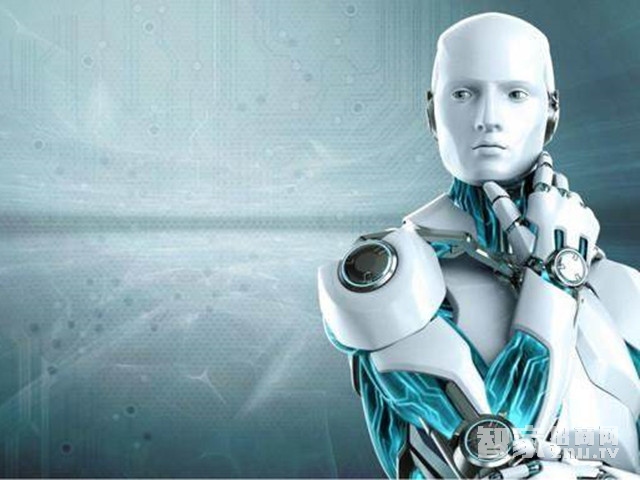The rise of robots is an inevitable outcome of social and economic progress. Their rapid development has significantly enhanced the level of production in society and improved the quality of human life. In this article, I will classify and explain the functions and roles of robots in various fields based on their applications. Industrial intelligent robots come in different types, such as welding robots, assembly robots, painting robots, palletizing robots, and handling robots, depending on their specific use cases. These advanced machines go beyond traditional robots by offering greater flexibility and precision. For example, welding robots—whether spot or arc welding—are used for automated welding tasks. Assembly robots are often used in electronics manufacturing. Painting robots replace humans in hazardous environments, while palletizing and handling robots ensure efficient material transportation with high speed and accuracy. As industrial production becomes more flexible, the demand for these robots continues to grow, allowing quick changes in operations like adjusting weld paths, paint positions, or assembly components. As robot technology advances, industrial robots that work with inorganic objects are evolving into agricultural robots designed for organic, moving targets such as plants and animals. These agricultural robots or robotized farming equipment are becoming increasingly common. They help reduce manual labor, solve labor shortages, and improve productivity while making farming safer by reducing exposure to harmful chemicals. However, due to the unpredictable and complex nature of agricultural environments, developing these robots is more challenging than industrial ones. Current research focuses on tasks like planting, fertilizing, spraying, grafting, transplanting, harvesting, irrigation, and livestock management. Japan leads in the adoption of agricultural robots, with thousands already in use across the sector. Robots are also playing a key role in extreme exploration, performing tasks in environments where humans cannot easily operate. This includes underwater, space, and radioactive or high-temperature areas. While humans have explored the deep sea using diving equipment for years, it's dangerous and costly. That’s why underwater robots are now the preferred tools for such tasks. Space robots perform a range of operations both inside and outside the atmosphere, including planetary exploration and satellite maintenance. These robots are essential for missions that are too risky or impossible for humans to undertake directly. Robot technology is no longer limited to industry and agriculture—it is gradually entering everyday life. Service robots, which provide assistance in daily tasks, are becoming more common. Though they started later, service robots have huge potential. They are currently used in cleaning, elderly care, security, rescue, entertainment, and equipment maintenance. According to the International Federation of Robotics, a service robot operates autonomously or semi-autonomously to support human life or perform equipment maintenance. As technology improves, these robots will become more integrated into homes and public spaces. Overall, the application of intelligent robots is expanding rapidly. With ongoing technological advancements and the efforts of researchers worldwide, it's only a matter of time before these robots become a common part of daily life. They will make our lives more convenient, comfortable, and healthier. Article: How Robot Intelligence Levels Classify Intelligent Robots Recommended: ILIFE Intelligent Sweeping Robot Automatic Recharge Sweep & Drag X750 TFT LCD Amoled TFT LCD Amoled,LCD Display Module,TFT Display ESEN HK LIMITED , https://www.esenlcd.com
Industrial Intelligent Robots
Agricultural Intelligent Robots
Exploring Intelligent Robots
Service Intelligent Robots
Related Suggestions: